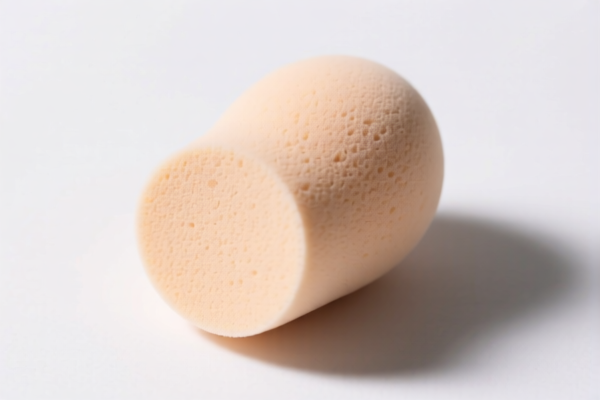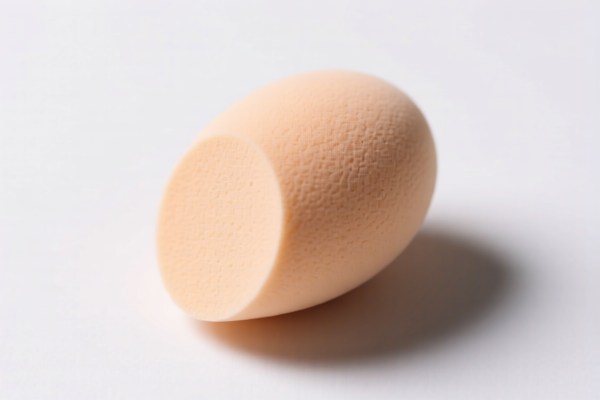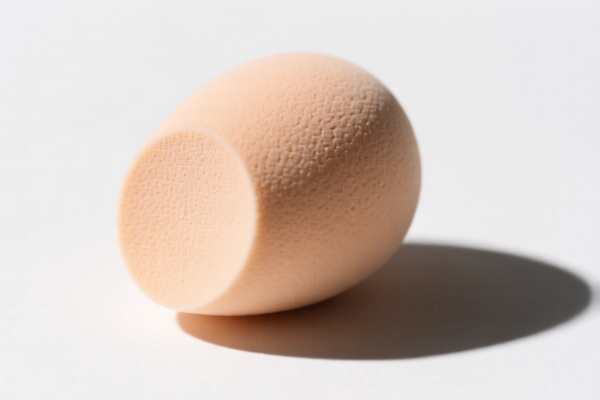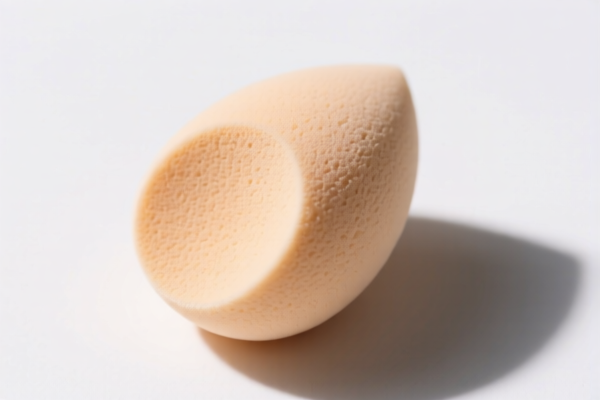| HS Code | Official Doc | Tariff Rate | Origin | Destination | Effective Date |
|---|---|---|---|---|---|
| 3926904000 | Doc | 32.8% | CN | US | 2025-05-12 |
| 3926909910 | Doc | 42.8% | CN | US | 2025-05-12 |
| 3924104000 | Doc | 33.4% | CN | US | 2025-05-12 |
| 3924905650 | Doc | 40.9% | CN | US | 2025-05-12 |
| 4823907000 | Doc | 55.0% | CN | US | 2025-05-12 |
| 4823901000 | Doc | 55.0% | CN | US | 2025-05-12 |
| 4805911090 | Doc | 55.0% | CN | US | 2025-05-12 |




Nail Art Polish Sponge
A nail art polish sponge is a porous cosmetic tool utilized in nail art techniques to create gradient, textured, or patterned effects on fingernails and toenails. It is commonly used with multiple nail polish colors to achieve designs that are difficult to replicate with traditional brushing methods.
Material
These sponges are typically made of polyurethane foam, chosen for its absorbency, softness, and ability to hold shape. The density of the foam can vary, impacting the final texture achieved – denser sponges create smoother gradients, while softer sponges produce more textured effects.
Purpose
The primary purpose of a nail art sponge is to blend nail polish colors seamlessly, creating effects such as:
- Gradient Nails (Ombre): The most common application, where color transitions smoothly from one shade to another.
- Sponged Effects: Creating a mottled or textured appearance.
- Patterned Designs: Applying polish in specific shapes or patterns using the sponge.
- Glitter Application: Applying glitter polish evenly and minimizing fallout.
Function
The sponge functions by absorbing nail polish and then transferring it onto the nail surface in a diffused manner. The pores of the sponge break up the polish, resulting in a less opaque, blended application. Multiple layers are typically applied to build up the desired color intensity.
Usage Scenarios
- Home Manicures: Popular for DIY nail art enthusiasts.
- Professional Nail Salons: Used by nail technicians to offer a range of gradient and textured designs.
- Special Occasions: Frequently used for creating unique nail designs for events, holidays, or personal expression.
Common Types
- Wedge Sponges: The most prevalent type, shaped like a triangle for precise application. Sizes vary for different nail sizes and design complexities.
- Round Sponges: Suitable for creating circular gradient effects or applying polish to the entire nail.
- Linear Sponges (Rectangular): Used for creating horizontal or vertical gradients.
- Dual-Color Sponges: Pre-colored sponges designed for creating specific ombre combinations.
- Sponge Sets: Collections containing various sponge shapes and sizes for diverse designs.
- Makeup Sponges (Repurposed): Cosmetic makeup sponges can be used as alternatives, though they may be less dense and require more polish layers.
The declared goods, nail art polish sponge, are absorbent materials used for applying nail polish to create various designs and effects. They are typically made of cellulose wadding or similar porous materials.
Here are the relevant HS codes based on the provided reference material:
- 4823907000: This HS code covers “Other paper, paperboard, cellulose wadding and webs of cellulose fibers, cut to size or shape; other articles of paper pulp, paper, paperboard, cellulose wadding or webs of cellulose fibers: Other: Other: Of cellulose wadding”. Chapter 48 relates to paper, paperboard, cellulose wadding and webs of cellulose fibers. Heading 4823 specifically covers articles of paper pulp, paper, paperboard, cellulose wadding or webs of cellulose fibers. The subheading 4823907000 is for other articles made of cellulose wadding. This code is applicable if the sponge is primarily composed of cellulose wadding. The total tax rate is 55.0%.
- 3926904000: This HS code covers “Other articles of plastics and articles of other materials of headings 3901 to 3914: Other: Imitation gemstones”. Chapter 39 relates to plastics and articles thereof. Heading 3926 covers other articles of plastics. The subheading 3926904000 is for imitation gemstones. While not a direct match, if the sponge contains plastic components and is used for decorative nail art, this code might be considered. The total tax rate is 32.8%.
- 3926909910: This HS code covers “Other articles of plastics and articles of other materials of headings 3901 to 3914: Other: Other Laboratory ware”. Chapter 39 relates to plastics and articles thereof. Heading 3926 covers other articles of plastics. The subheading 3926909910 is for other laboratory ware. If the sponge is used in a professional nail art setting as a tool, this code might be considered. The total tax rate is 42.8%.
According to the provided reference material, the HS code options related to 'nail art polish sponge' are limited, with only the following 3 found.
Please note that the final HS code determination depends on the sponge's material composition and intended use. If the sponge is made of cellulose wadding, HS code 4823907000 is the most appropriate. If it contains plastic, HS codes 3926904000 or 3926909910 may be applicable.
Customer Reviews
Excellent information on HS code 3925 and the 5% tariff rate. Saved me time and money on my export.
The product description was detailed, but I had to look up some of the tariff terms elsewhere for clarity.
Perfect resource for someone like me who's new to international trade. Helped me understand HS code 3925 quickly.
Good overview of the product details and tariff rates. Would have been better with a comparison table.
Exactly what I needed for exporting plastic doors. The HS code and tariff info was spot-on.